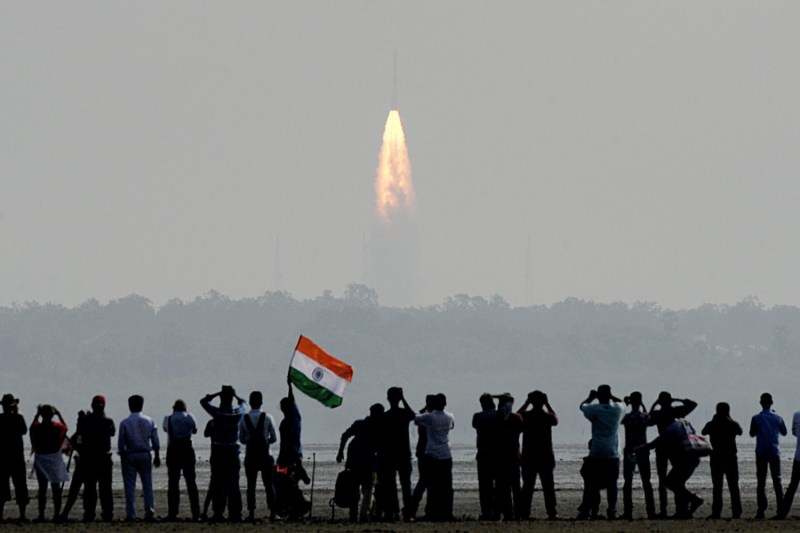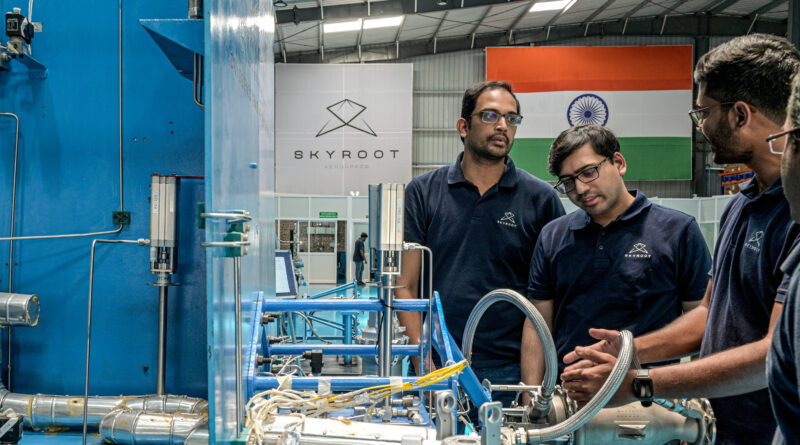India’s Soaring Ambitions: A Glance at the Evolution and Future of its Space Program
The Indian space technology sector has undergone remarkable growth and development in recent decades, with the Indian Space Research Organisation (ISRO) leading the charge in the country’s space program. The industry boasts over 500 private suppliers and various bodies under the Department of Space, contributing to commercial, research, and arbitrary pursuits. India’s vision to enhance its global space economy participation was emphasized at the recent G20 Space Economy Leaders meeting.
ISRO’s Remarkable Achievements
Dr. Vikram Sarabhai, the scientific visionary and founding father of the Indian space program, set the stage for ISRO’s success. ISRO has achieved significant milestones, completing 114 spacecraft missions, including 3 nanosatellites and 1 microsatellite, 84 launch missions, 13 student satellites, 2 re-entry missions, and launching 342 foreign satellites. Chandrayaan-3’s successful landing on the Moon’s south pole and Aditya-L1’s progress as India’s first solar mission underscore ISRO’s commitment to space exploration.
Private Sector Contributions
India’s private space sector has witnessed the emergence of notable companies, contributing to space exploration and satellite services. Antrix Corporation Limited, the commercial arm of ISRO, plays a pivotal role in commercializing space products. Collaborations with companies like SpaceX India and Oneweb have further enriched India’s presence in the global space arena. Startups like Pixxel, specializing in earth observation satellites, showcase the country’s advancements in satellite technology.
ISRO’s Global Standing
ISRO, the sixth-largest space agency globally, has over 400 private space companies, ranking India fifth in the number of space companies worldwide. Notably, India’s space program budget ranked seventh globally in 2022, showcasing ISRO’s impressive cost-effectiveness in space exploration. Chandrayaan-3’s budget remains notably lower than its competitors, even in lunar missions.
Challenges and Opportunities for Private Space Programs in India
While the private space sector in India is burgeoning, it faces challenges such as intense competition, funding constraints, regulatory hurdles, and the need for advanced technology. Balancing innovation with compliance, ensuring sustained financial support, and addressing a significant brain drain are crucial for the sector’s growth.

Government Initiatives
Prime Minister Narendra Modi’s historic decision in June 2020 opened up the space sector to private enterprises, leading to the Indian Space Policy 2023. This policy aims to boost private sector participation in all aspects of space activities, fostering a flourishing commercial presence and technological development. Government programs like “Make in India” and “Startup India” promote skill development and collaboration between private companies and ISRO.
The Future of Indian Private Space Programs
India is poised to make significant contributions to the global space industry, with the potential to double its space industry’s contribution to GDP by 2040. Collaborations with overseas space industries and the upcoming Gaganyaan mission in 2024 highlight India’s commitment to space exploration. Future projects, including the NASA-ISRO Synthetics Aperture Radar (NISAR) and the Venus Orbiter Mission, further showcase India’s ambitions in space exploration.
In conclusion, India’s space odyssey is set to continue evolving, with ISRO and the private sector playing pivotal roles in shaping the country’s space narrative on the global stage.
For more such interesting blogs, click https://vichaardhara.co.in/



Grateful doesn’t even begin to describe how we feel about having you here. You mean so much to us.